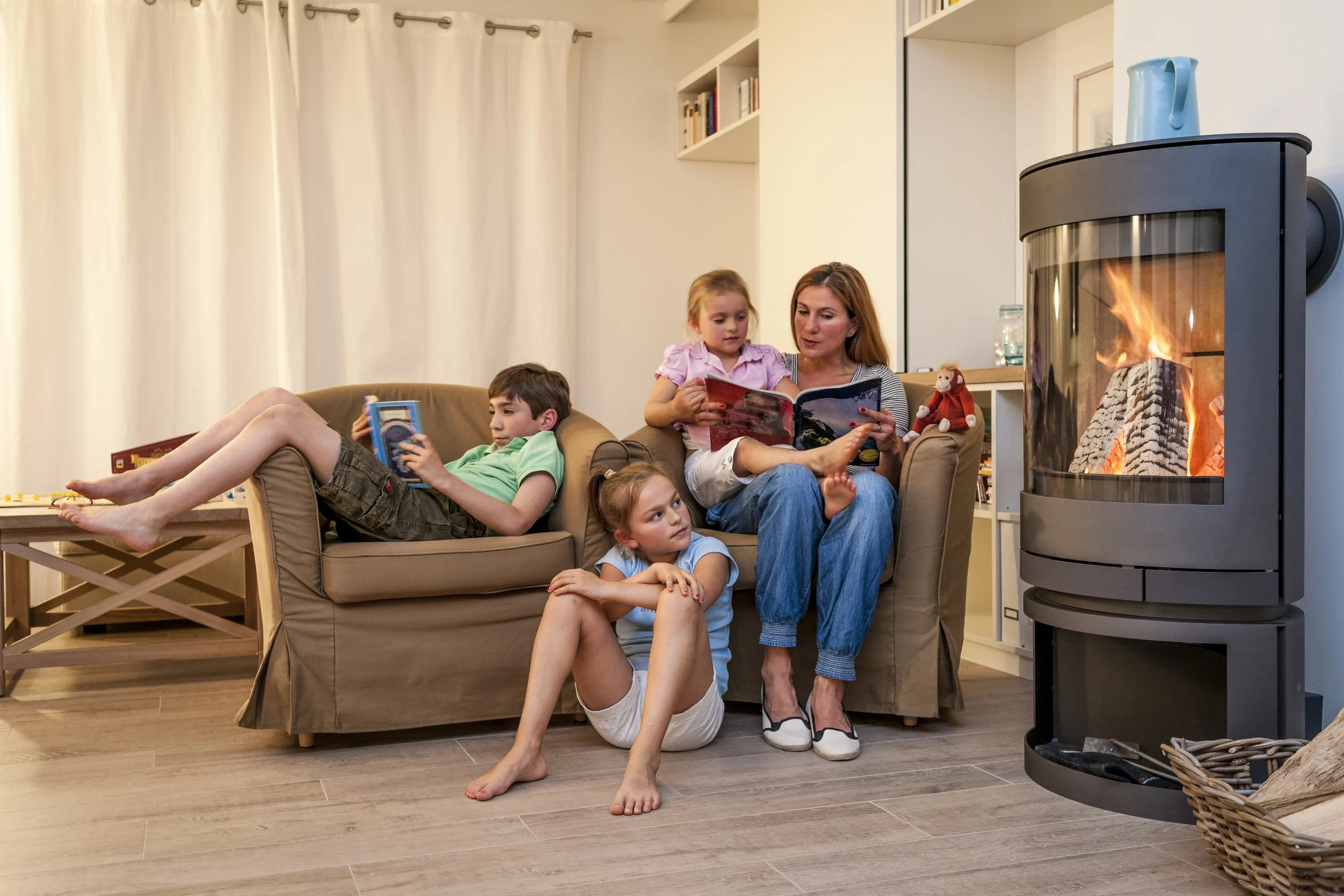How to Troubleshoot Heating Repairs in Multi-Zone Heating Systems
By PAGE Editor
Multi-zone heating systems are a fantastic solution for increasing home comfort and energy efficiency. However, when something goes wrong, diagnosing the issue can feel overwhelming due to the complexity of these systems. Properly addressing heating repair in multi-zone systems requires a systematic approach and a basic understanding of how these systems function. Here is a guide that helps you troubleshoot common problems and find practical solutions to keep your system running smoothly.
Common Signs of Multi-Zone Heating Problems
Identifying problems in a multi-zone heating system is the first step in any heating repair process, and recognizing the signs early can save time and effort. Common indicators of issues include one or more zones not heating properly, unusual noises such as banging, rattling, or whistling when the system is running, or a thermostat in a specific zone failing to communicate with the system. Another telltale sign is significant temperature variation between zones, even when the thermostats are set similarly. Paying attention to these signs can help you address heating problems more efficiently.
Check Thermostat Settings
Thermostats are essential components in multi-zone heating. If a specific zone is not heating correctly, start by inspecting the thermostat in that area. First, ensure it is set to the appropriate mode (e.g., “Heat”) and check that your selected temperature is higher than the current room temperature. If the thermostat is battery-powered, replace the batteries as a simple first step in your heating repair process.
Additionally, confirm that the thermostat is properly connected to the main heating unit. Wires can sometimes loosen over time, leading to communication issues. If so, reconnect the wires based on the manufacturer’s guidelines or consult a professional.
Inspect Zone Dampers
The dampers in your multi-zone heating system control the flow of warm air to each zone. If a particular zone is experiencing issues, inspect the damper connected to that area. Damaged or stuck dampers can block airflow, leading to inconsistent temperatures.
Look for signs of wear and tear or debris buildup that may be jamming the damper. Sometimes, a simple cleaning or lubrication can resolve the issue. However, if the damper motor appears faulty, it may be necessary to replace it.
Diagnose Ductwork Issues
Multi-zone systems rely heavily on ductwork to deliver warm air to specific zones. Leaks or blockages in the ducts can disrupt airflow and cause heating inconsistencies. If you suspect duct-related problems, visually inspect accessible areas of the ductwork for gaps, holes, or obstructions.
Seal any visible leaks with aluminum tape or duct-sealing mastic. If the ductwork is severely compromised or hard to access, consider hiring a professional to conduct a thorough inspection and repair.
Evaluate the Furnace or Boiler
The central heating unit—whether a furnace or boiler—is the heart of your multi-zone system. If all zones fail to heat up properly, the problem could lie with the central unit itself. Start by checking the furnace filter. A clogged filter can restrict airflow and reduce heating efficiency, so replace it regularly to avoid unnecessary heating repair.
If you rely on a boiler, inspect the water levels and ensure they are within the recommended range. Low water levels can prevent the boiler from functioning effectively. You should also listen for unusual noises, which may indicate sediment buildup or mechanical issues. If you suspect complex problems with your furnace or boiler, it is best to consult a heating repair specialist.
Address Electrical Problems
Electric components are a common source of heating repair issues in multi-zone systems. Breakers, relays, and wiring must be in working order for the system to function properly. Start by checking the circuit breaker that powers the heating unit. Tripped breakers or blown fuses can disrupt heating across all zones.
If the breaker looks fine, inspect the relays that control the zone dampers. Faulty relays may fail to send signals between the thermostat and the central heating unit, causing certain zones to stop heating. Replacing relays is a straightforward task for professionals but should be handled carefully if done by yourself.
Address Uneven Heating
If one zone heats faster or slower than the others, check for factors influencing temperature distribution, such as improperly insulated rooms or drafty windows. Adding window insulation or sealing door gaps can significantly improve heating consistency.
Test Your System
Once you have addressed potential issues, test your system to see if the repairs have resolved the problem. Set each thermostat to a comfortable temperature and observe how the system operates. Pay attention to whether all zones heat evenly and if the central unit cycles on and off correctly.
When to Call a Professional
While you can handle many heating repair tasks on your own, some issues require the expertise of a qualified HVAC technician. If you are dealing with a complicated systems failure, suspect carbon monoxide leaks, or cannot identify the root cause of the problem after initial troubleshooting, do not hesitate to seek professional help.
Remember, attempting complex repairs without the necessary tools or knowledge could lead to further damage and pose safety risks.
Optimize Your Comfort and Efficiency
Multi-zone heating systems can elevate your home’s comfort and energy efficiency, but they require proper care and troubleshooting when problems arise. Systematic diagnosis of issues like thermostat malfunctions, damper blockages, duct leaks, electrical faults, and uneven heating can go a long way in simplifying your heating repair efforts.
By regularly maintaining your system and promptly addressing problems, you can maximize its performance and enjoy a warm, cozy home all winter. If in doubt, do not hesitate to consult a professional HVAC technician to ensure your system works flawlessly.
HOW DO YOU FEEL ABOUT FASHION?
COMMENT OR TAKE OUR PAGE READER SURVEY
Featured








A beautiful hair makeover never happens by chance